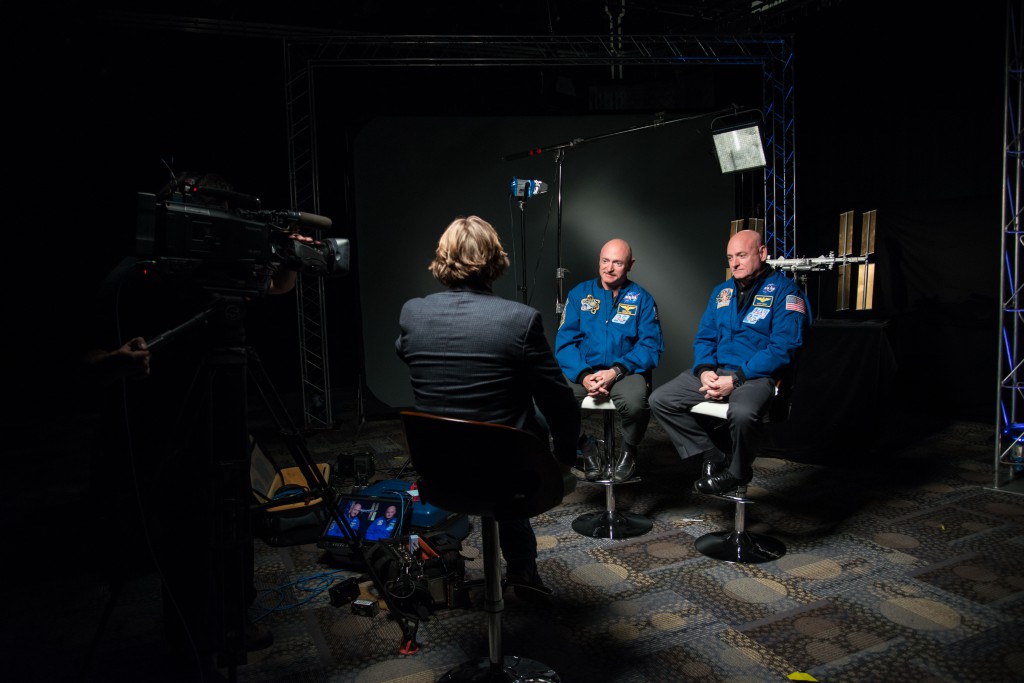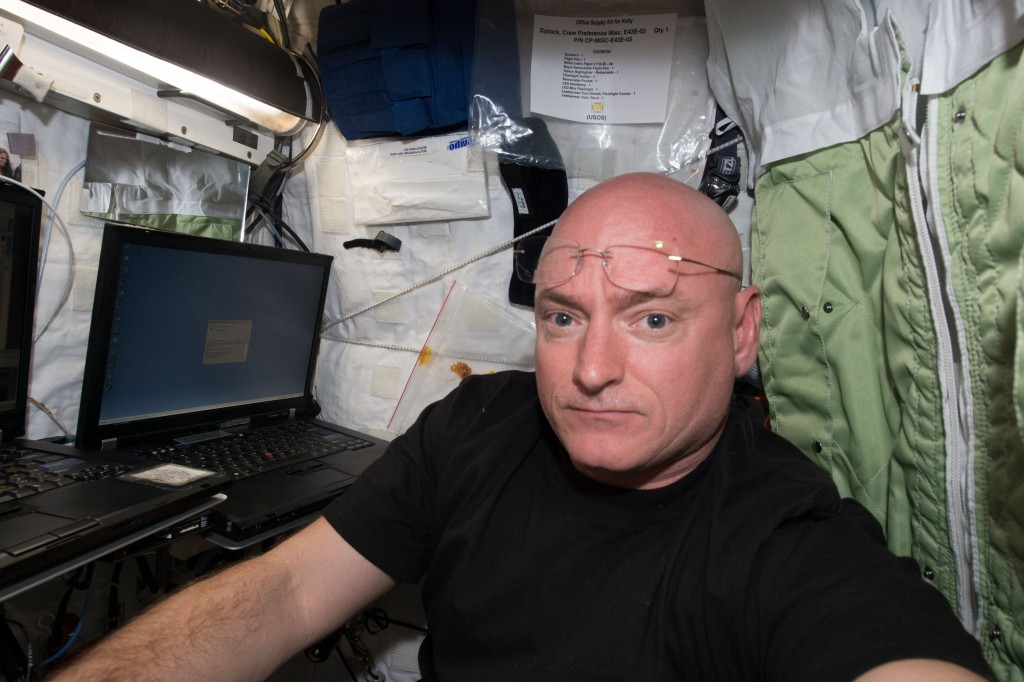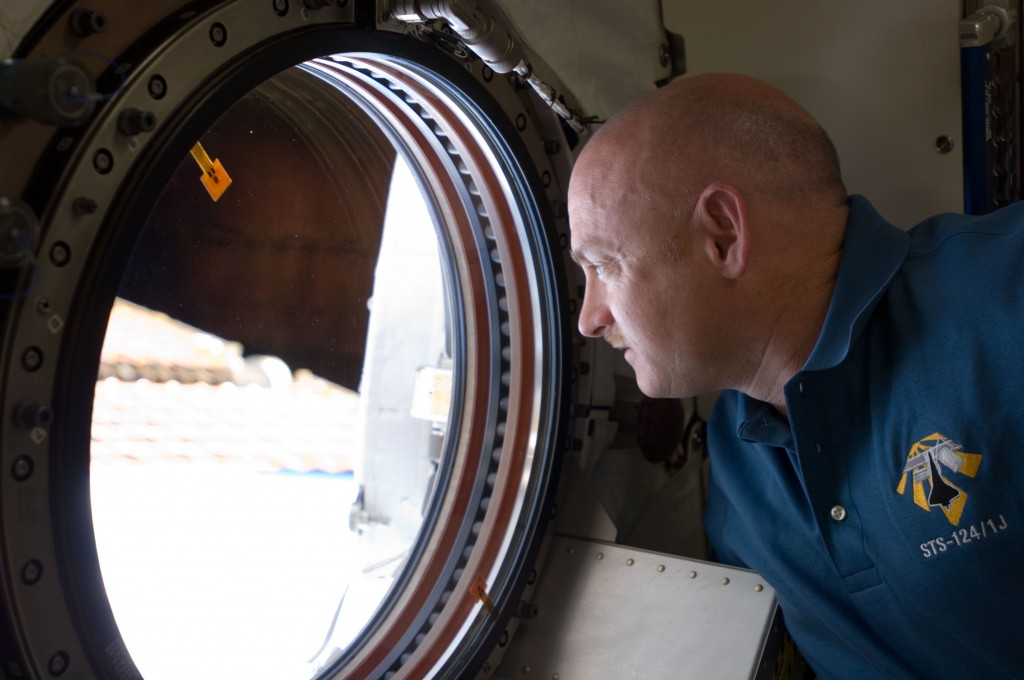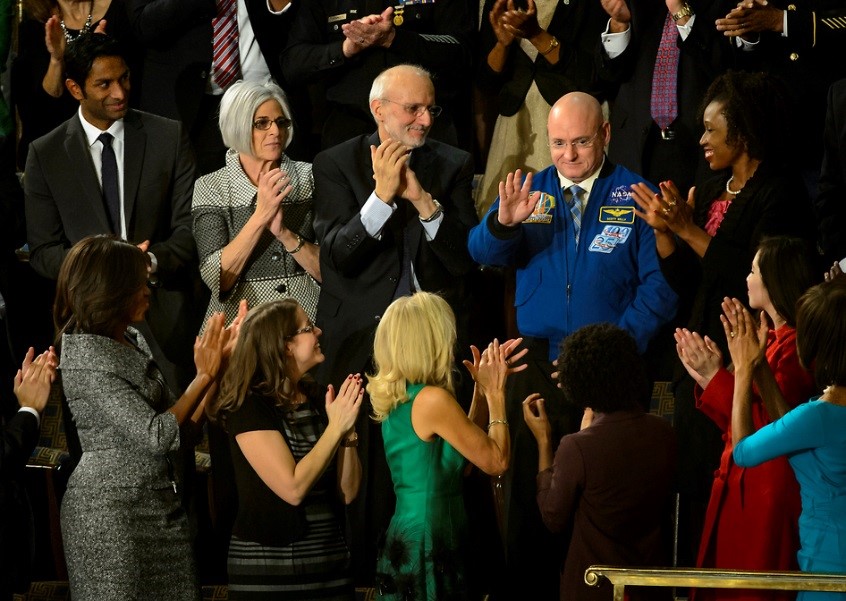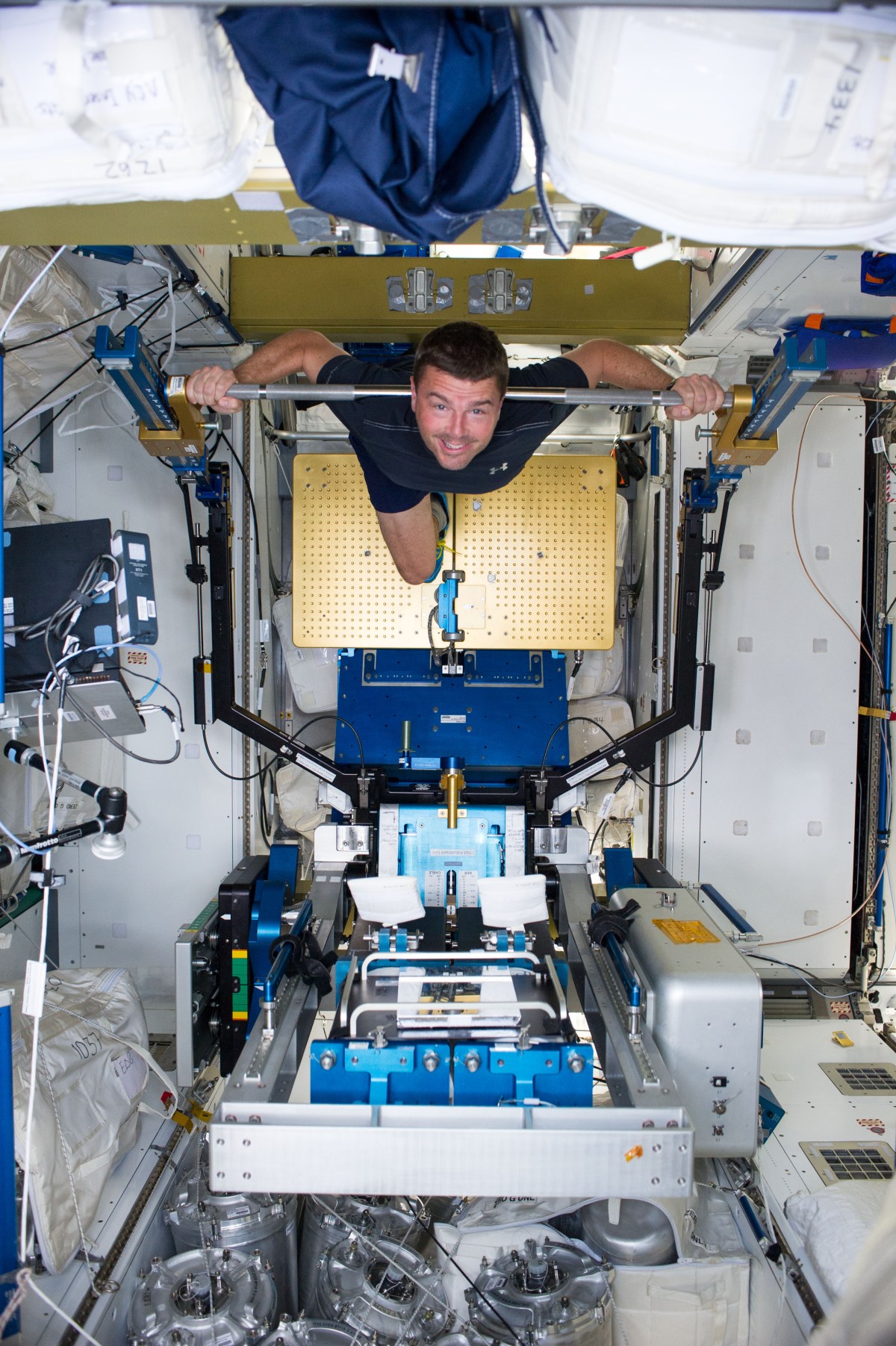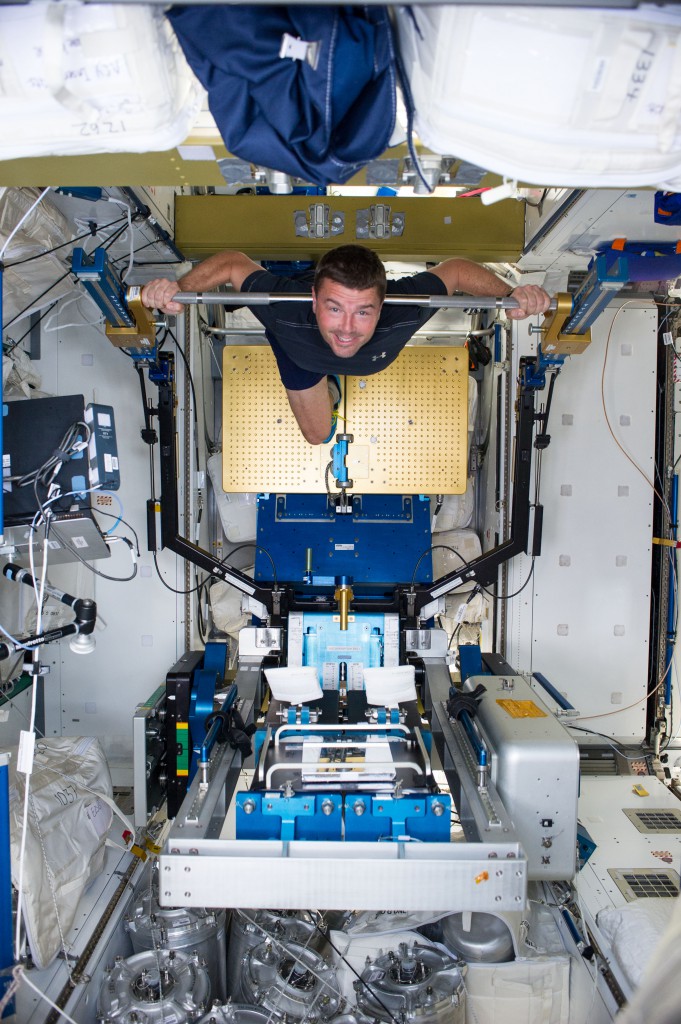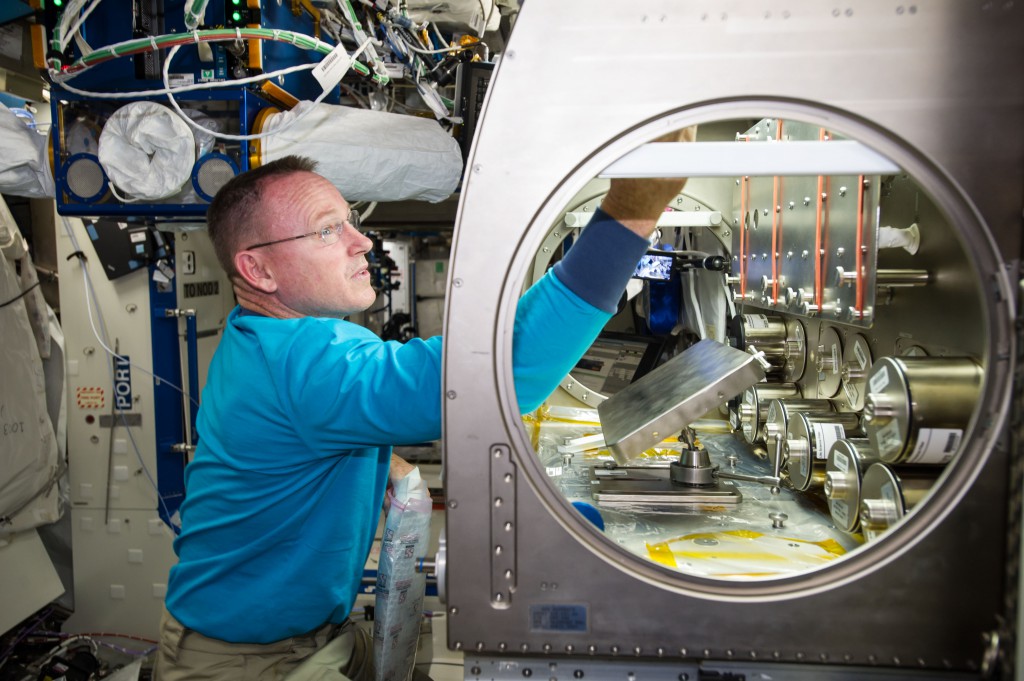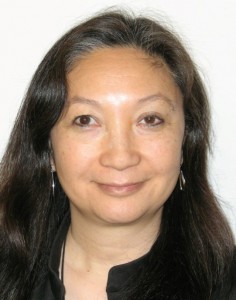In today’s A Lab Aloft, Graham Scott, Ph.D., completes his two-part series looking at the National Space Biomedical Research Institute’s (NSBRI’s) and NASA’s Twins Study that is conducting biomedical research on a pair of identical twin brothers, who are both astronauts.
As you may recall from part one of this blog, personalized medicine involves the application of many sophisticated molecular and bioinformatics techniques. At a high level, it means that when you visit your doctor(s), they examine you and determine the best drug or therapeutic intervention based on your individual health and biomolecular profile, rather than what usually works for the general population. This approach views you as distinct from any other patient, and as such you receive care based on your unique genome. By obtaining and analyzing your genome, doctors can detect and characterize your individual genetic variants – and prescribe precision or personalized treatments accordingly.
This strategy of using genetic profiling to inform individualized treatments has become quite mainstream in the best cancer hospitals and leading medical schools. NASA and the National Space Biomedical Research Institute (NSBRI) have the long-term goal of employing this personalized approach to mitigate the significant health risks that astronauts will face during deep space exploration missions. The Twins Study that involves the identical twin Kelly brothers, who happen to also be astronauts, is a pilot demonstration project that will collect and analyze integrated omics data – thereby laying the foundations for such a personalized or precision medicine approach.
Personalized medicine also applies to enabling future space exploration missions, such as an expedition to Mars, by making such a multi-year journey much safer. The crew will need to be highly self-sufficient or “autonomous” during that multi-year journey to and from the red planet. This includes sending each astronaut with the right drugs to effectively treat them as an individual, should they become ill. We want to also ensure that each crew member has tailored countermeasures available to them, to help them sleep or relax. Personalized medicine is a cutting edge methodology to make space exploration as safe as possible for astronauts. It’s a strategy that allows us to harness the full arsenal of health advances that we’re seeing in our leading medical institutions and universities today.
NASA’s & NSBRI’s initiative may motivate the next generation of scientists, physicians, engineers and astronauts as they watch how omics studies are implemented as a precursor to deploying personalized medicine in space. In addition, these types of studies will help educate as well as address some of the ethical and philosophical questions that arise with genetics-based care.
We are carefully considering ethical considerations surrounding integrated omics studies. Astronauts are high profile public figures, but a person’s genome is unique and extremely private. In the hands of an expert, a person’s genome can infer a person’s susceptibility to developing certain diseases over the course of their lifetime. As you can imagine, this is not the kind of information an individual wants to publically disclose. Genetic information can also lead to inferences regarding the current or future health status of other close family members. In this way the findings and implications of an integrated omics study, such as the Twins Study, are not limited to the individual(s) being studied. Add to these considerations an astronaut’s fear of being grounded and prevented from participation in future space exploration missions, due to medical findings, and it is evident that a number of sensitive topics arise with integrated omics studies that must be thoughtfully addressed.
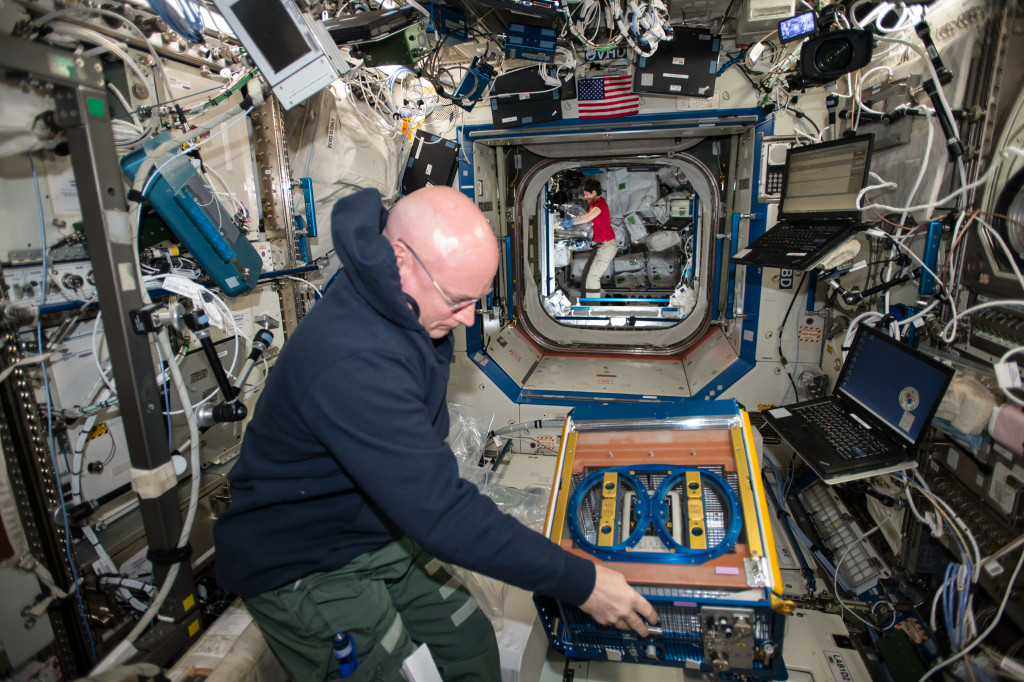
NASA is examining how to handle omics data and privacy concerns from the perspective of medical ethics. The Twins Study helps the agency begin to grapple with these potentially difficult and complex issues, including how to archive this type of genetic information, “mine” it responsibly, and develop and implement policies. To protect against the misuse of personal genetic information, NASA has put a strict information barrier in place between the research team and the flight surgeons whom are tasked with providing medical treatment to astronauts. This type of impermeable confidential barrier protects research subjects, and is a practice that may help mainstream terrestrial medicine evolve in regards to how sensitive genetic information should be treated.
These considerations are very important, because many people worry about how their own genetic information could potentially impact their lives, jobs, ability to procure life insurance, and their families. NASA and NSBRI are thinking through all of these concerns as they relate to the astronauts, providing a benchmark for the medical, research, and legal communities to consider.
We are not all going to travel to Mars, of course, but in the near future we are all likely to experience or observe the application of individualized medicine here on Earth. The use of omics data will help doctors here on Earth customize treatments and optimize care to the general public. The Twins Study is breaking new ground in this area of personalized medicine, and how we apply the concept in space can provide an informative example for leading institutions as they continue to transition into an individualized care approach.
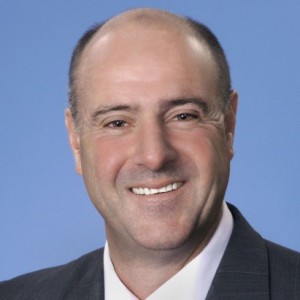
Graham Scott, Ph.D., is the Chief Scientist and Institute Associate Director at the National Space Biomedical Research Institute (NSBRI), NASA’s biomedical research institute that was established in 1997 to work in partnership with the agency’s Human Research Program. A New Zealander by birth, Scott served as a Royal New Zealand Air Force pilot before obtaining a Ph.D. in astrochemistry. He came to the U.S. in 1997 where he worked for Nobel Laureate Robert F. Curl, Jr, Ph.D., at Rice University. Scott then went on to work on the Human Genome Project at Baylor College of Medicine, followed by a decade of leading R&D and marketing teams in corporate America, before being recruited back to Baylor to undertake his current leadership role with NSBRI.


